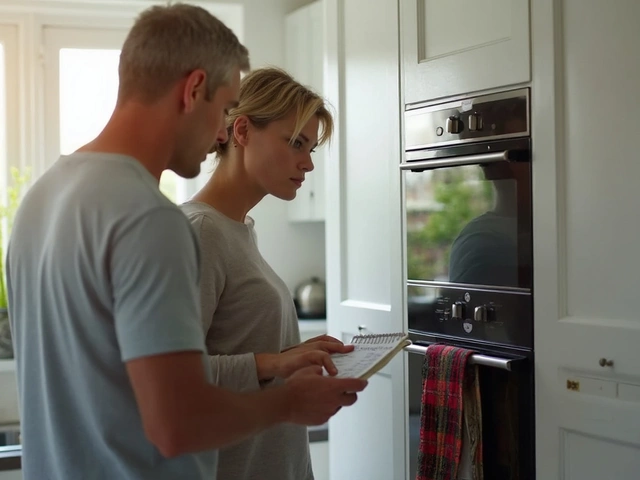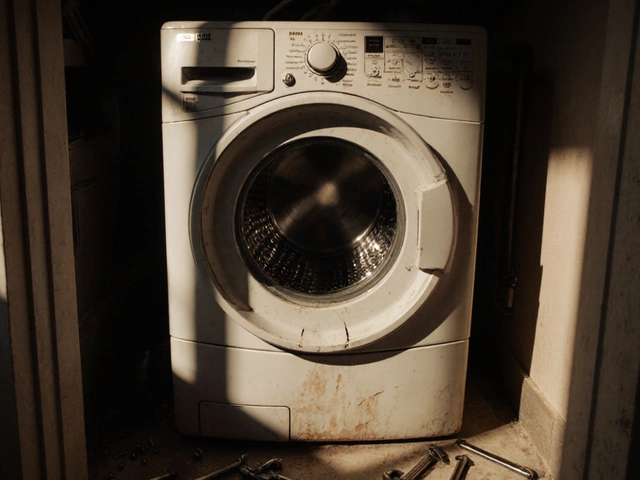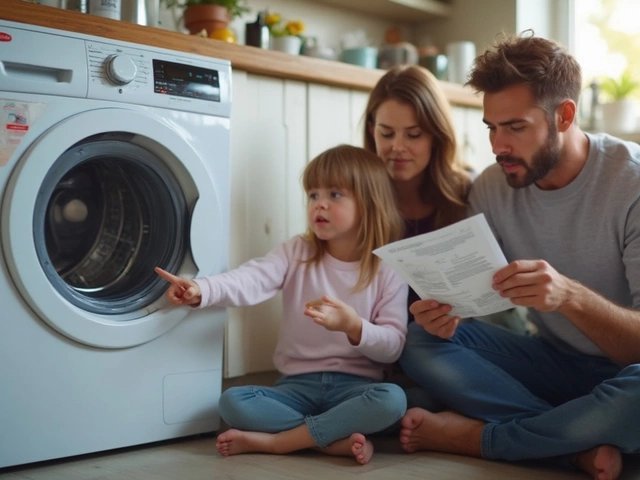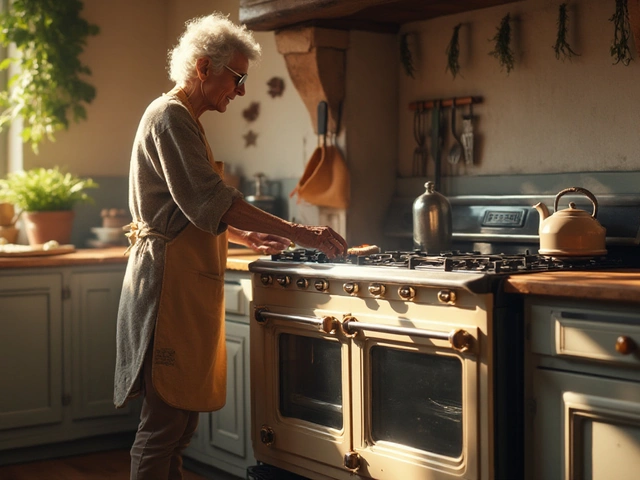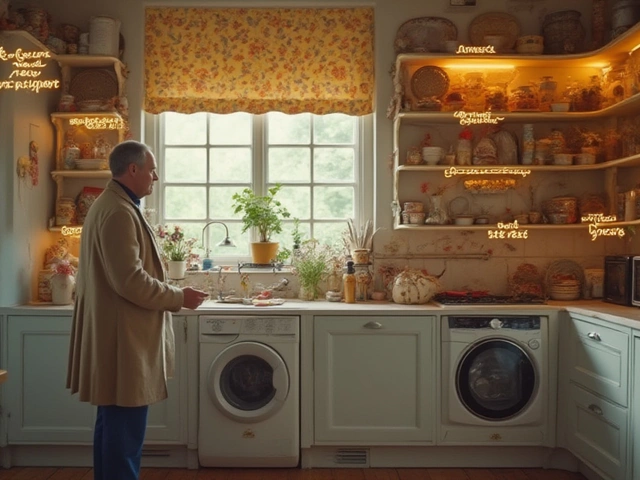Temperature Limit Tips for Every Home Appliance
Ever wonder why your fridge feels too warm or your oven takes forever to heat up? Most of the time it’s a simple temperature‑limit issue. Getting the right limit set not only stops breakdowns, it also saves money and keeps your food safe.
Why the Right Temperature Limit Matters
Every appliance has a built‑in thermostat that decides when to turn the heating or cooling element on and off. If that limit is too high, a freezer will creep into the danger zone where food can spoil. If it’s too low, a boiler will keep firing even when you don’t need heat, driving up your bill.
Wrong limits also stress the motor and compressor, shortening the life of the unit. That’s why manufacturers ship each device with a recommended range – it’s the sweet spot for performance, safety, and longevity.
Practical Ways to Set the Correct Limits
Fridges and Freezers: Keep the fridge at 3‑5 °C (37‑41 °F) and the freezer at –18 °C (0 °F). Use a cheap kitchen thermometer to double‑check; the built‑in dial can drift over time.
Ovens: For baking, set the oven temperature 20 °C (35 °F) higher than the recipe calls for, then use an oven thermometer to verify. If the oven consistently overshoots, the limit sensor may be faulty and needs a professional look.
Boilers and Water Heaters: Aim for 55‑60 °C (130‑140 °F) for domestic hot water. Anything higher burns more gas or electricity and can cause scalding. Most modern units let you adjust the limit on the control panel; if you can’t find it, a quick call to a local repair service will sort it out.
Heat Pumps and Air‑Conditioners: Set the indoor temperature that feels comfortable, usually 20‑22 °C (68‑72 °F). The system will automatically respect that limit, but keep the filter clean so the unit doesn’t work harder than necessary.
For any appliance, the rule of thumb is: check the manual, test with a reliable thermometer, and adjust the dial until the reading matches the recommended range.
When you notice a sudden change – a fridge that’s suddenly warm, a heater that won’t turn on, or an oven that never reaches the set temperature – the first thing to do is verify the limit. Most problems get resolved by a simple recalibration, and you avoid costly service calls.
If you’re not comfortable tweaking the settings yourself, a local repair technician can quickly test the sensor and replace it if needed. At Rugby Appliance Repair Services we handle temperature‑limit issues for everything from fridges to boilers, and we can get you back to normal in no time.
Bottom line: the right temperature limit keeps your appliances happy, your energy bills low, and your food safe. Take a few minutes to check each major appliance this week – you’ll thank yourself when nothing breaks down unexpectedly.
